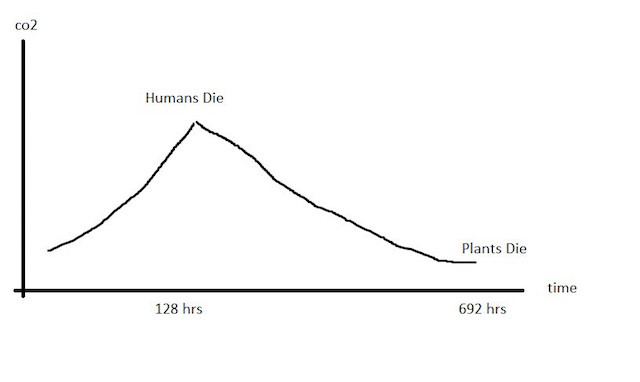At 8 pm this evening, the ASU Capstone team that has been developing the SIMOC game interface will have completed the first working prototype. This brings to fruition six months development of this unique agent model, and lays the foundation for its continued evolution.
As with all software projects, we begin with the blue sky as our goal, and a belief that we will reach that far. In October, November, and December of 2017 we engaged two calls each week, Saturday and Monday evenings. These 1-3 hour brainstorming sessions were a chance for the entire team to explore the possibilities of a scalable, mathematical model with a gaming interface.
We continually juggled the need to build a scientific foundation, a tool to be used for research with the goal to provide a gaming interface that engaged the non-scientific community (while yet producing scientific data, under the hood). While I have extensive experience in software development through my ten years as CEO of Terra Soft, and each of the ASU team came on-board with skills and experience ranging from Python to C, bash to CSS and SQL servers, none of us have built anything quite like this. None of us was truly the leader, nor anyone following. We all pitched in, challenged each other in the conversations, and slowly laid a design foundation that seemed to work.
ASU undergraduate astronomy student Tyler Cox came on-board in July 2017 to get the ball rolling. He built the first, working agent-based model (ABM) using Python and the Mesa library. He was able to quickly demonstrate a functional “astronaut in a can” model in which the initial parameters determined if the human crew of astronauts lived or died (they mostly died). Even our simple model with a light interaction between humans, a few species of plants, and a contained atmosphere proved tricky as even a minor imbalance in the system lead to catastrophic results.

In January the capstone team duplicated Tyler’s work on an Amazon web server, integrating SIMOC into an SQL database instead of the original JSON configuration files. Following a minor setback in which we realized Unity was overkill and a good ol’ web interface would suffice, we reset our expectations and started again. The end result goes lives tonight at 8 pm Arizona Mountain Time. It will be simple, and a little rough around the edges, but the Launch screen, Configuration Wizard, and Dashboard (game interface) will be complete (for now).
I have enjoyed the pleasure of working with the following ASU undergraduate students through the Computer Science Capstone team: Ben McCord, Greg Schoberth, Terry Turner, Thomas Curry, and Yves Koulidiati. In addition, we have this year welcomed the incredibly talented, widely published space artist and habitat designer Bryan Versteeg of Spacehabs.com as a backbone to our design process. And most recently, Kevin Hubbard comes to us with a strong foundation in the social sciences, his intent to introduce a means by which we can integrate human social behavior into a more advanced version of our model.